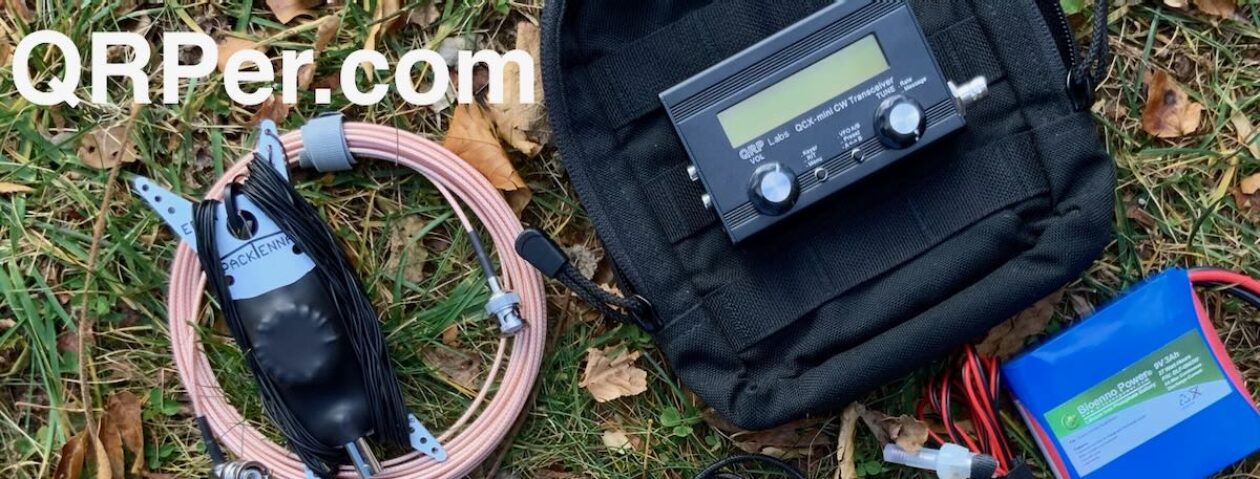After a valid activation and exploration of Bullard Creek Wildlife Management Area, Daisy and I headed to Reed Bingham State Park (US-2195), roughly a two hour drive. Along the way, we passed a huge lumber mill and drove through the communities of Douglas, Nashville, and Willacoochee.



Reed Bingham State Park, located in southwest Georgia, is named after Amos Reed Bingham, who envisioned a dam on the Little River to provide electricity to the rural community. Even though the flow of the river was not sufficient for that purpose, Colquit and Cook counties purchased 1,600 acres along the Little River and deeded the land to the state of Georgia, creating the park. A 400-acre lake was created in 1970 by the current dam and provides recreational opportunities for park visitors.



Besides working toward my 60 new-to-me park activation goal, the trip to Reed Bingham served another purpose – refining my camping set-up and routines before my twelve-day POTA trip this summer. I made quite a few notes about equipment that would make camping life better and realized I need to think through where to keep certain items so I can lay my hands on them more easily and quickly.

A new item I purchased for hiking and camping trips is a hitching system for Daisy. I want her to be able to “free range” while I set up camp, make meals, or visit the bathhouse but still be contained. Ruffwear makes a hitch system with a daisy-chain (aptly named, don’t you think?) on one end and a kermantle rope on the other.
I ran the daisy-chain around a large pine and then, as there was not another tree close enough, the kermantle rope to the rails on the top of Kai. A large carabiner slides up and down the rope and Daisy’s six-foot leash attaches it to a clip on the back of her new harness. The system worked well and eliminated her getting tangled in a lead line while in camp.
After setting up camp and eating supper, it was time to fit in an activation. There were two trees near the campsite – a large oak and shorter-than-usual pine tree. I opted for the pine tree as it was closer to my tent. (I longed to sit in the comfort of my tent on my Thermarest chair for the activation.) Continue reading Overnight at Reed Bingham State Park for the POTA Babe





















































